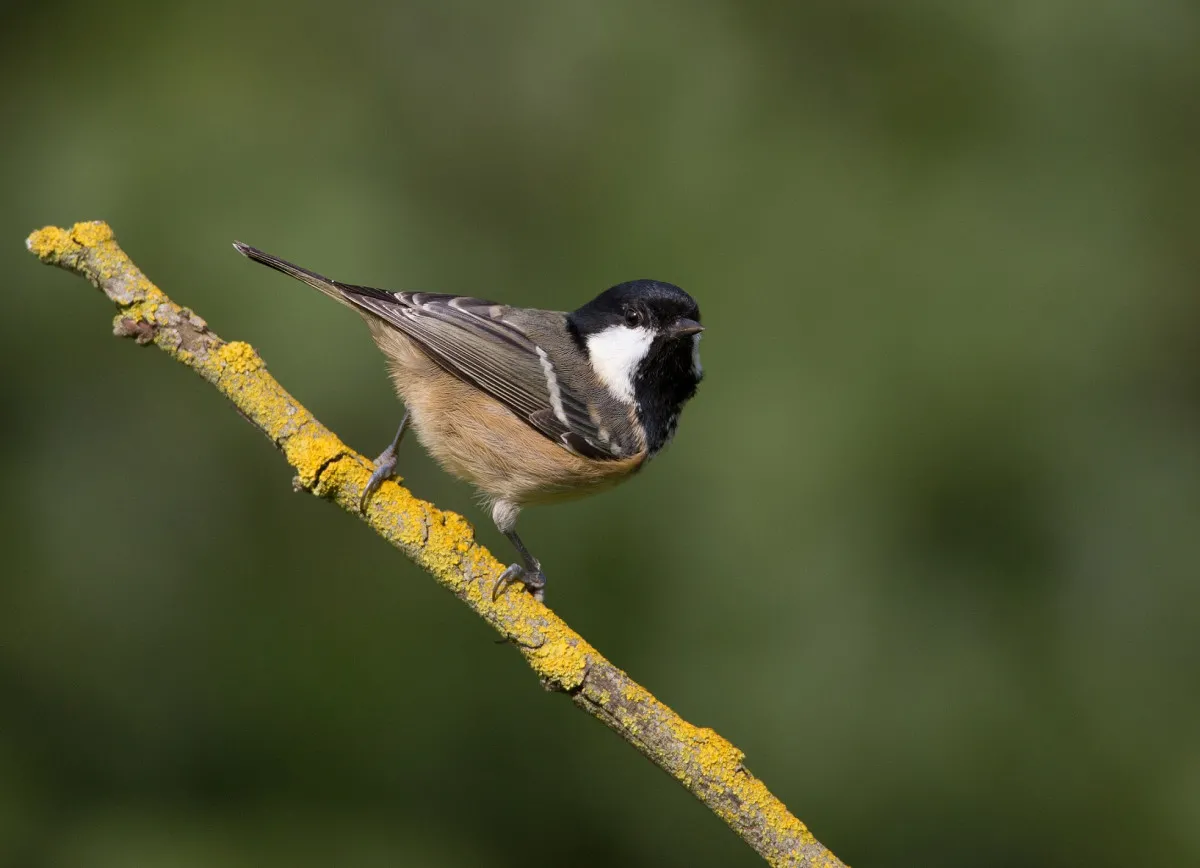Citation

Overview
Climate change poses a major threat to biodiversity, not only because of increasing temperatures, but also because of more frequent and more severe extreme weather, so we need to understand how species may be affected by this. The study looks at the effects of climate extremes on British bird populations and contributes to understanding how the impacts of climate change on biodiversity can be mitigated.
In more detail
Climate change is one of the major threats to species conservation. Biological responses to climate change include shifts in species distribution, behavioural and physiological changes. However, many species will not be able to adapt and therefore their populations will decline and some may even become locally or globally extinct. Climate change is not just a smooth increase in temperature but it has many severe and diverse impacts on weather patterns. In particular, extreme weather conditions, such as heat waves, droughts, and storms, are becoming more severe and more common.
This collaborative study led by the University of Milano-Bicocca has looked at how British birds have responded to climate extremes so far, to understand the consequences for birds of more extreme weather in the future. The BTO/JNCC/RSPB Breeding Bird Survey (BBS) played a key role in this work, because the bird counts collected by BBS surveyors are incredibly useful in understanding how population change over time. The researchers looked at how the population of 100 resident species changed as a consequence of five indices of extreme climate: number of frost days, number of days with temperature higher than 25 °C, daily temperature range, amount of precipitation per day in wet days, and number of dry days.
Results show that all 100 species were sensitive to at least one of the five indices of climate extreme. In particular, most species were negatively affected by winter frost days, summer days, and amount of precipitation per day in wet days. The response to the other two indices (number of dry days and daily temperature range) was more diversified, with both positive and negative effects depending on the species.
Abstract
Climate change remains one of the most urgent challenges for biodiversity conservation. Recent studies have highlighted that climate extremes (CLEXs) can lead to widespread and negative effects across all taxa and ecological levels, but most of these studies are based on short-term periods and small spatial scales and lack a multi-species approach. Here, using generalised additive models (GAMs) and the UK Breeding Bird Survey (BBS), we described response curves for the abundance of 100 resident bird species over large spatial and temporal scales and identified the species showing a greater sensitivity to CLEXs. We used five climatic indices computed at 1-km spatial resolution as proxies of CLEXs during the winter or breeding season and considered both 1- and 2-year lagged effects. The results demonstrated widespread and significant effects of CLEXs on bird abundances at both time lags and in both seasons. Winter frost days (FD0), summer days (SU25) during the breeding season and simple precipitation intensity index (SDII) during the breeding season mainly showed negative effects. Daily temperature range (DTR) in both winter and breeding season and dry days (DD) during the breeding season led to diversified responses across the species, with a prevalence of positive effects. A large proportion of species showed a high sensitivity to CLEXs, highlighting that these species may deserve attention in future studies aimed at biodiversity conservation. We demonstrated that CLEXs can represent a significant driver affecting population abundances over large spatial and temporal scales, emphasising the need for understanding mechanistic processes at the basis of the observed effects.
The authors thank all surveyors who have taken part in the Breeding Bird Survey, a partnership funded by the British Trust for Ornithology, Royal Society for the Protection of Birds and Joint Nature Conservation Committee, with feldwork conducted by volunteers.
